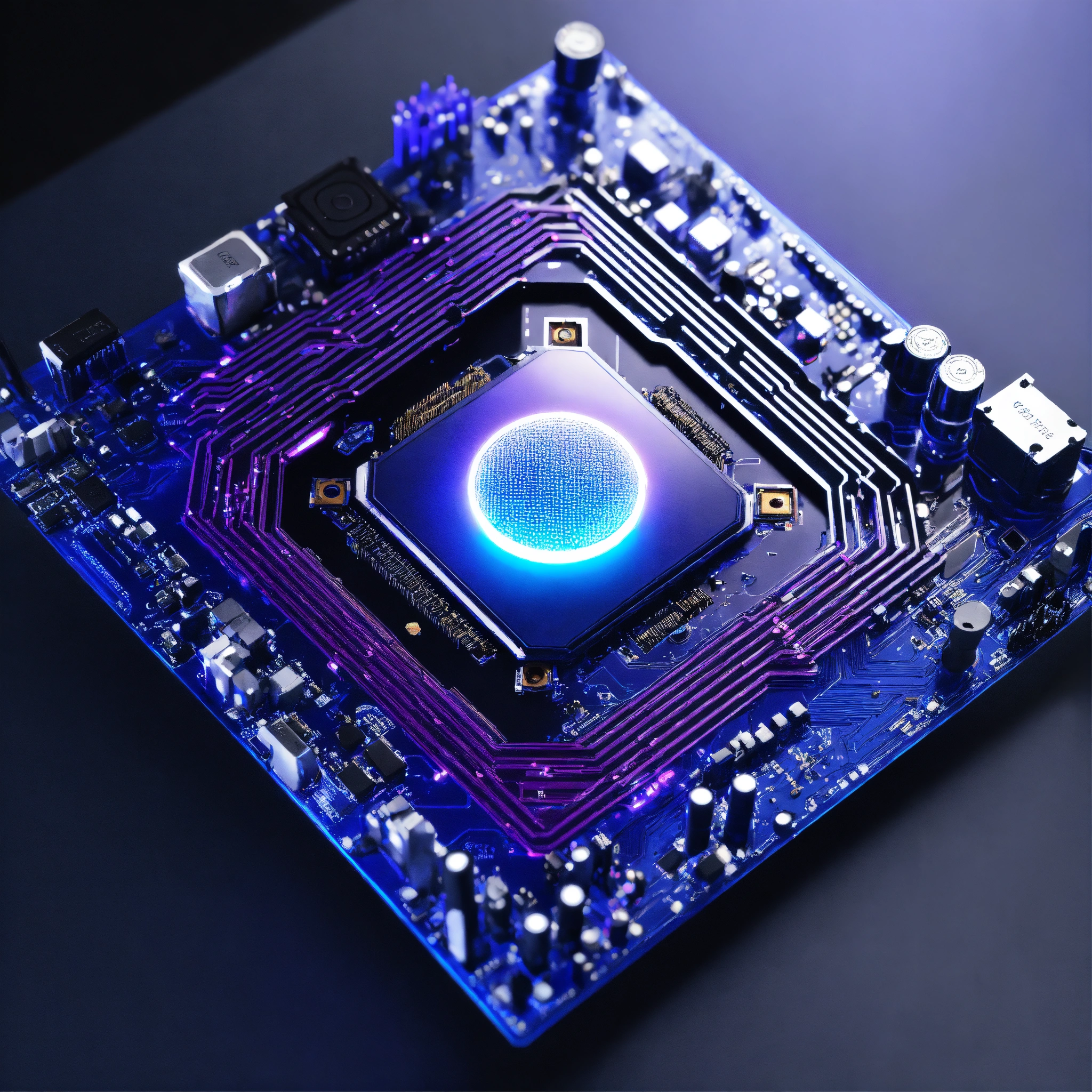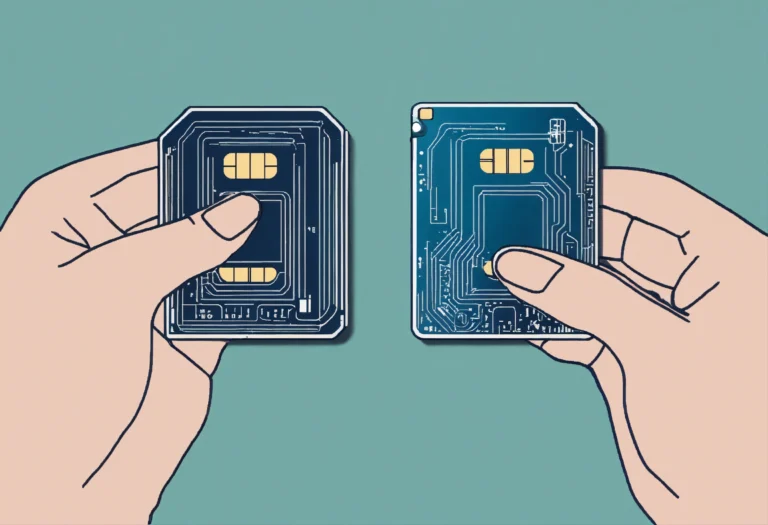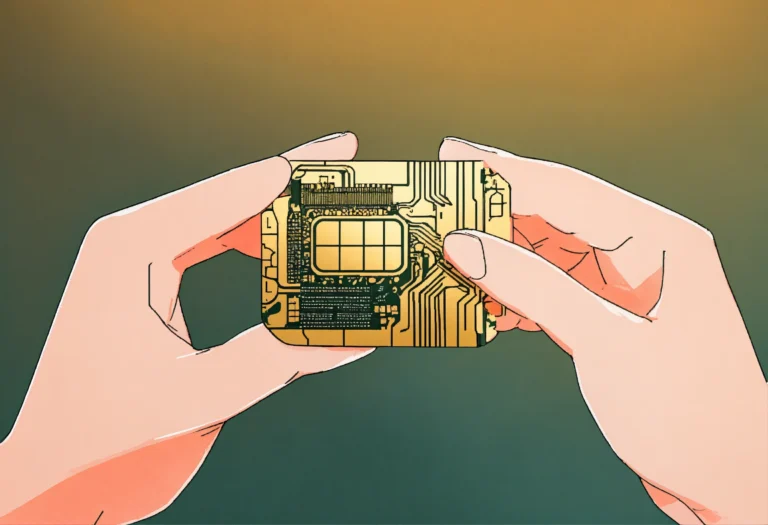You are stepping into a realm where technology unites devices in seamless communication, known as Machine-to-Machine (M2M) communications. This innovative landscape relies heavily on various technologies, with Radio Frequency Identification (RFID) emerging as a key player. Understanding how RFID enhances M2M communications can significantly enhance your grasp of modern connectivity.
RFID technology enables automatic identification and data capture through the use of electromagnetic fields. Essentially, this technology consists of three components: an RFID tag, an RFID reader, and an antenna. RFID tags, embedded in items, are equipped with a microchip and an antenna that communicates data to the RFID reader. This process allows for quick, accurate data transfer without the need for line-of-sight scanning, thereby streamlining operations across various sectors.
In the connected world of M2M communications, the role of RFID extends beyond mere identification. With M2M networks characterized by devices exchanging information autonomously, RFID acts as a foundational technology that enhances the efficiency and effectiveness of these interactions. For instance, in inventory management, RFID tags attached to products permit real-time tracking of items as they move through the supply chain. This improved visibility not only reduces losses but also facilitates optimized restocking processes, allowing you to maintain a lean inventory and enhance customer satisfaction.
Additionally, RFID’s capabilities enhance logistics and transportation. For example, using RFID tags on shipping containers allows logistics companies to monitor the status of goods during transit. By leveraging RFID data, businesses can adopt predictive analysis and improve routes, ensuring timely deliveries. This level of automation and real-time data access empowers you with insights to make informed decisions, ultimately boosting operational efficiency and reducing overhead costs.
Your perspective on asset tracking is likely to shift as well with RFID integration. In sectors like healthcare, RFID helps track medical equipment and pharmaceuticals. By affixing RFID tags to these assets, hospitals can monitor their whereabouts, usage frequency, and compliance with safety standards. This not only streamlines operations but also ensures the availability of critical equipment when needed, leading to improved patient outcomes and reduced operational delays.
Moreover, RFID technology contributes to enhancing security in M2M communications. By implementing secure RFID systems, you can reduce the likelihood of theft or unauthorized access to sensitive information. Businesses can utilize RFID to create secure access points, ensuring that only authorized personnel can access certain areas or data. This heightened security adds a layer of trust, which is imperative in an increasingly interconnected world.
In essence, RFID plays an integrative role in the connected world of M2M communications. Whether it’s improving supply chain visibility, enhancing logistics processes, ensuring asset management, or bolstering security, RFID technology paves the way for smarter, more efficient interactions among devices. As you navigate this connected landscape, appreciating the impact of RFID will empower you to leverage its benefits for your organization or personal projects.




